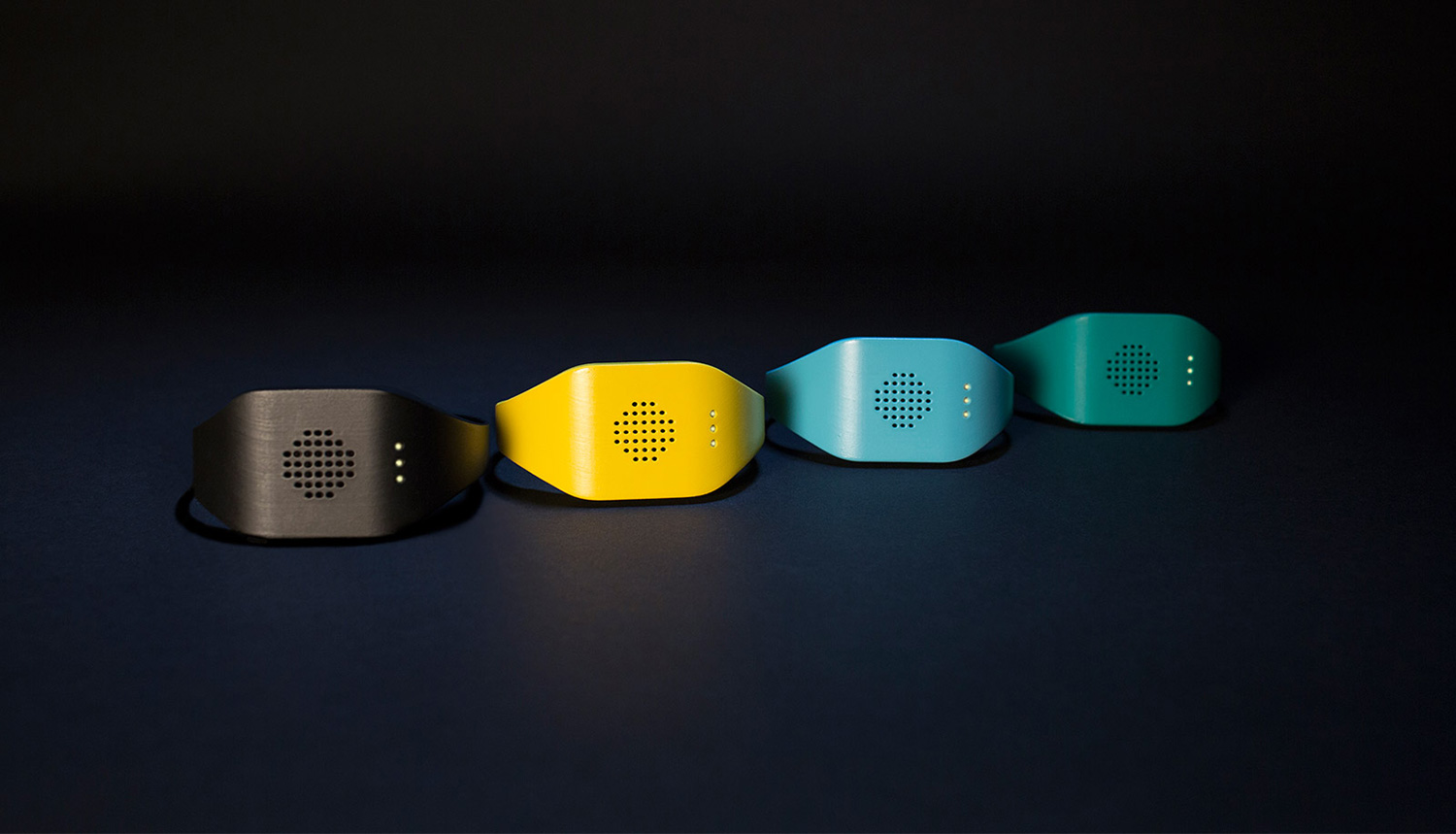
Imagine you're stuck in summer traffic underneath a humid overpass. A booted car clunks its way along in front of you, while a group of men and women who had too much to drink the night before laugh their way through an unsuccessful sobriety test. Meanwhile, shriners get rear-ended while zebras and clowns survey the scene, when suddenly a giraffe decides to lane split—against traffic.
Who will save you from this circus?
How about a Lyft?
The San Francisco-based ride hailing app's first national TV campaign—which launches today—uses the 60-second spot to set a surreal scene illustrating how to avoid the hassle by hailing a stranger's car.
"For us, this represents the next logical step along the road of just becoming a great global brand and really being a big part of the conversation that's happening right now about culture and transportation and how all of this stuff is evolving for a generation," Jesse McMillin, Lyft's creative director, said in an interview.
According McMillin, much of the inspiration for the one-minute spot came from a style popular in the 1960s by filmmakers like Federico Fellini, Jean-Luc Godard and Jacques Tati. The surreal and visually eclectic style of those directors often built up scenes to an absurd situation. Ironically, those directors all came from an era where everybody wanted a car.
McMillin said Lyft and production company MJZ wanted to reinvent the idea of freedom and access for a new generation of people that's actively shedding materialism for the idea of experience.
"How do you bring that idea where maybe in the 60s it was about cars being at their apex and how cool were they and getting one was a part of this special group? How do you take that same vibe and feeling and communicate it in a different way? That's not only with this spot with a lot of thing we're thinking about."
According to Lyft, 75 percent of the TV spots will run during prime-time hours targeting 18- to 34-year-olds with top-performing networks such as Comedy Central, MTV, Adult Swim and Freeform. Another 25 percent will run digitally in full episodes on AMC.com, ABC.com and TBS.com. The spot also will air via video-on-demand through Viacom, Turner and YouTube.
Accompanying the television spot will be a national out-of-home campaign three times as broad as Lyft's previous campaigns. The campaign will run in 19 markets and 11 airports: Boston, Chicago, Los Angeles, New York City, San Francisco, Washington D.C., Atlanta, Charlotte, Dallas, Denver, Indianapolis, Las Vegas, Miami, Minneapolis, Nashville, New Jersey, Portland, San Jose and Seattle. While some aspects of the campaign will only run in airports, other markets will include ads on transit shelters, bulletins, wallscapes, bus wraps and public transportation.
The campaign in many ways serves to distinguish the brand known for its pink mustache as the more silly, more playful and more irreverent of the two most popular ride sharing services. Lyft's biggest rival, Uber is still much larger in company size and revenue. However, Lyft creative director Ricardo Viramontes said he thinks the playfulness pays off.
"But what's going to distinguish us from any other service is going to be how we treat our drivers, how we communicate to them, how we set up the expecations to what a Lyft ride is," Viramontes said. "The expectation when someone sees this spot is 'Hey, this brand is a fun brand,' and therefore you carry that with you into the car."














































